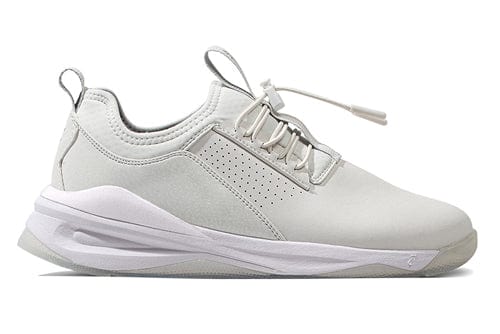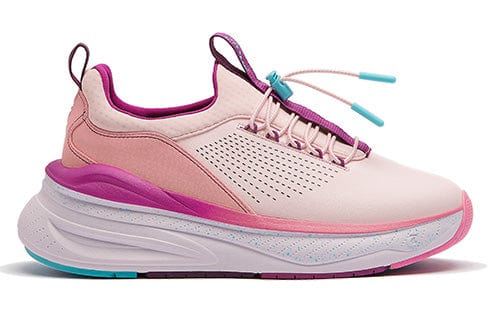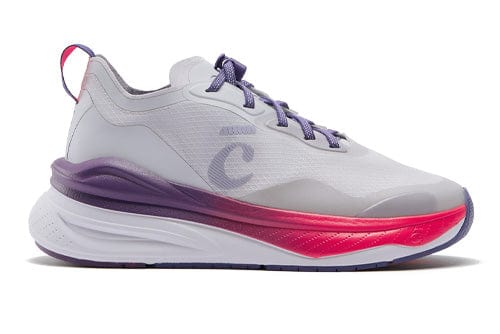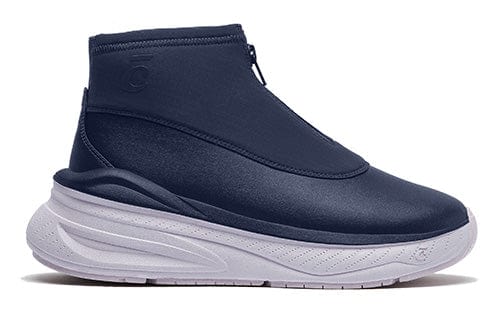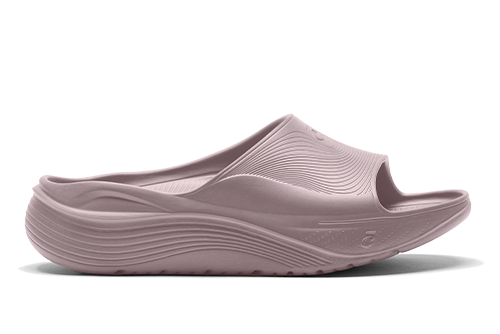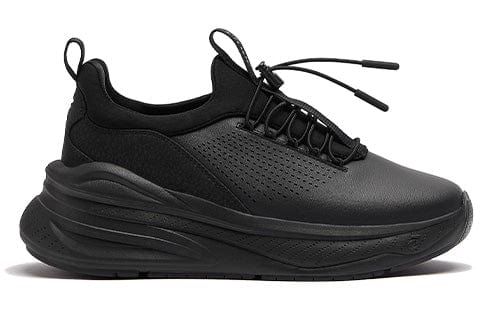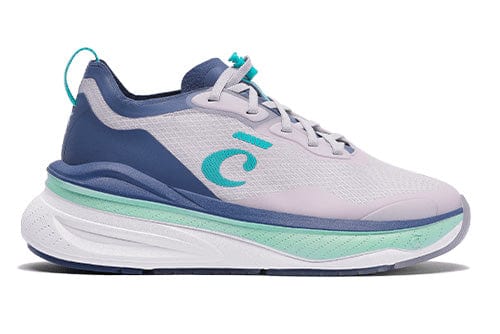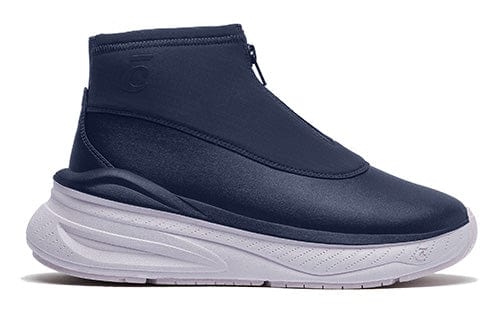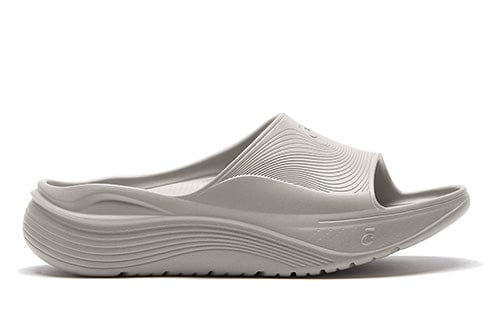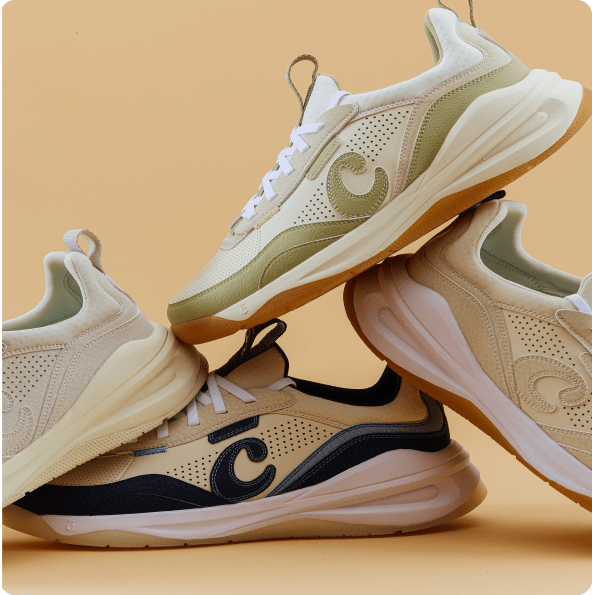10 Ways to Tell if Shoes Are Slip Resistant
In a world where every step matters, choosing the right footwear is not just about style or comfort – it's about safety too. Slip-resistant shoes have become a staple for many professionals, but how can you tell if a shoe truly lives up to its slip-resistant promise? Let's dive into practical tips on how to tell if shoes are slip-resistant and explore how Clove shoes align with these features. Understanding these characteristics is crucial in environments where even a small slip can have significant consequences.
What Are Non-Slip Shoes?
Firstly, let's clarify what we mean by non-slip shoes. These are shoes designed with specific features to minimize the risk of slipping on wet or greasy surfaces. They're essential in workplaces where spills are common, such as hospitals or restaurants. Non-slip shoes can be a vital component of personal safety equipment, helping prevent workplace accidents and injuries.
What is the Difference Between Non-Slip and Slip Resistant Shoes?
It's important to identify what “slip-resistant” shoes are and how they differ from those referred to as “non-slip.” While often used interchangeably, no shoe can be entirely “non-slip.” “Slip-resistant” is a more accurate term, as it implies the shoe can reduce the risk of slipping, not eliminate it. Clove shoes, for instance, are slip-resistant, focusing on reducing the risk of slips in various environments. This distinction between non-slip vs. slip-resistant is crucial for understanding the capabilities and limitations of safety footwear.
4 Ways to Tell If Shoes Are Slip Resistant
- Textured Outsole: Check for a noticeable texture on the sole. Slip-resistant shoes typically have a gritty or patterned outsole to enhance grip on slippery surfaces. This texture is often distinct and can be easily identified upon close inspection.
- Tread Pattern: One way to tell what do slip-resistant shoes look like is by their tread pattern. Look for circular or hexagonal patterns, as these are designed to channel liquids away from the foot, increasing traction. These patterns are engineered to provide stability in various conditions, including wet and oily surfaces.
- Grippy Outsole: Slip-resistant shoes frequently feature an outsole designed for optimal traction. The unique composition of the outsole material, chosen for its superior grip, ensures enhanced traction on wet or greasy surfaces, surpassing the performance of alternative materials.
- Certifications and Standards: Look for shoes that meet certain safety standards, such as ASTM, which indicate they have been tested for slip resistance. These certifications provide an added layer of assurance about the shoe's quality and safety.
Shop Slip Resistant Shoes at Clove
For those in search of reliable slip-resistant footwear, we offer a range of options that cater to this need. Collections like the Clove Forte, Clove Alto, and Clove Classic, to name a few, are prime examples of slip-resistant shoes that blend safety with modern design.
Notably, all Clove shoe models have been certified as slip-resistant, adhering to the ASTM F3445 standards. This certification is a testament to our commitment to safety, ensuring that each pair of shoes meets rigorous standards for slip resistance, giving wearers confidence in their footwear's ability to handle slick environments effectively.
Clove shoes offer the necessary traction, style, and comfort for long shifts and challenging work environments. With Clove, you can step into your day knowing your footwear is designed to keep you safe and comfortable in slippery conditions.
Identifying if shoes are slip-resistant is crucial, especially for those working in environments where safety is paramount. With the right knowledge and a keen eye for detail, you can identify shoes that will provide the necessary grip and safety. Clove’s range of slip-resistant footwear stands as a testament to the fact that safety and style can coexist, providing a dependable option for professionals seeking both. So, when you're out shoe shopping next, keep these tips in mind, and step into safety with confidence and style.
Sources:
- ASTM. Standard Specification for Performance Requirements when Evaluating Slip Resistance of Protective (Safety) Footwear using ASTM F2913 Whole Shoe Test Method. https://www.astm.org/f3445-21.html
- Occupational Safety and Health Administration. Employer Personal Protective Equipment. https://www.osha.gov/laws-regs/standardinterpretations/2013-12-09
- Occupational Health and Safety. A New Standard in Slip Resistant Safety Footwear. https://ohsonline.com/Articles/2022/09/01/A-New-Standard-in-Slip-Resistant.aspx


